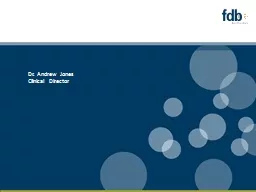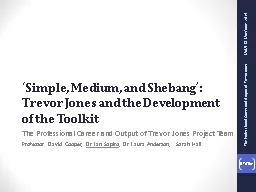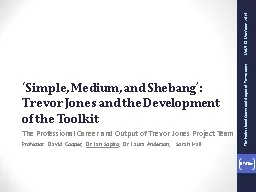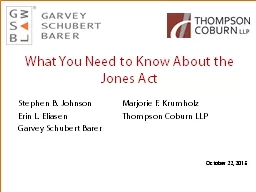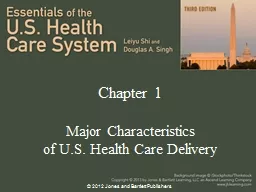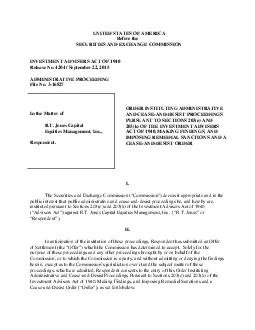PPT-Dr. Andrew Jones
Author : lindy-dunigan | Published Date : 2016-09-01
Clinical Director Managing Alert Fatigue ePrescribing Masterclass WebEx 3rd February 2016 12pm What is Alert Fatigue When HCPs become desensitised to safety alerts
Presentation Embed Code
Download Presentation
Download Presentation The PPT/PDF document "Dr. Andrew Jones" is the property of its rightful owner. Permission is granted to download and print the materials on this website for personal, non-commercial use only, and to display it on your personal computer provided you do not modify the materials and that you retain all copyright notices contained in the materials. By downloading content from our website, you accept the terms of this agreement.
Dr. Andrew Jones: Transcript
Download Rules Of Document
"Dr. Andrew Jones"The content belongs to its owner. You may download and print it for personal use, without modification, and keep all copyright notices. By downloading, you agree to these terms.
Related Documents

